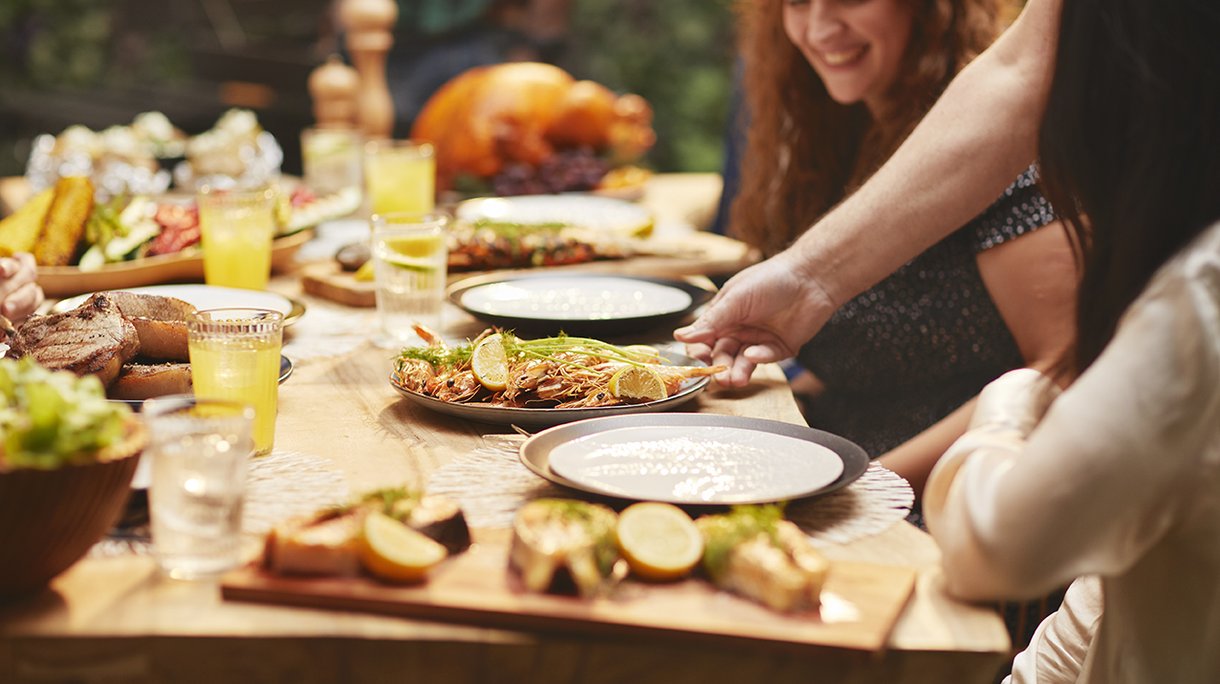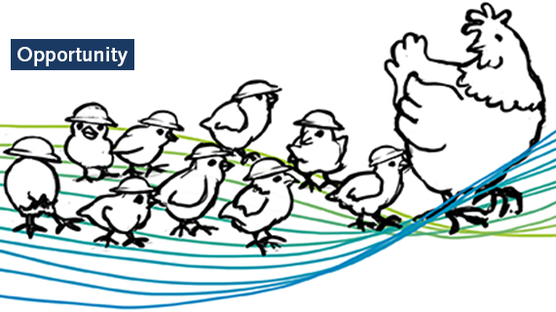
Published on May 1, 2021
Solving the Food-Feed-Fuel conflict is a complicated puzzle
The feed-food-fuel conflict can be boiled down to a simple question: Is it efficient to grow crops to feed animals if it could also be used for human food or for fuel? Examining this question can help us create a more efficient system for utilizing resources and feeding our population.
It is a simple fact that we need protein in our diet, and animals and plants can provide us with this nutrient. The food-feed competition is already complex, but the fast-growing demand for energy also plays a major role in this competition.
The food-feed-fuel conflict generally refers to the tension between using arable land for edible crops, directly consumed by humans, versus using the crops as ingredients to feed livestock, versus using the land to produce biomass for fuel. It is crystal clear that humanity faces an enormous challenge of feeding a growing population and at the same time meeting the exploding energy needs with shrinking resources on earth.

Priority to food over feed?
For decades, we have been focused for a large part on improving the quality of feed in livestock to improve livestock productivity and efficiency as the demand for animal protein was growing. Unfortunately, part of the high-quality feeds is using raw materials also edible by humans. Consequently, this practice has triggered competition for natural resources between feed and food production.
So, what is the most efficient way to grow protein? It depends on various factors and how this issue is approached in the coming decades will be critical in nourishing the estimated 9.7 billion people expected by 2050 in a sustainable way. Is the obvious answer that food always comes first?
The “obvious” answer is, most of the time, not obvious at all. There are a multitude of factors which determine if the most efficient use of resources is food, feed or fuel. Some of the key factors are the type of land that is available, the type of crops that can grow on the specific soil, how efficient can we use the whole crop, including its residues, what animal it is to be fed, and whether or not waste products humans could not consume, can be used by animals.
In some cases, crops are a more efficient use of land for the purpose of protein production. However, also multiple examples are found where animals are more efficient in using the land to produce protein. For example, raising dairy cows on peat soil is found to be a much more productive use of the land than trying to grow human grade crops on it. Other examples are based on the feed input. Laying hens are able to utilize nutrients that humans can’t. If animals are able to utilize waste in their diets, this could go a long way towards reducing the amount of food thrown out every year due to spoilage. The United Nations estimates that about a third of the food produced every year is wasted. Insects could also play a critical role in consumption and use of waste streams, by providing nutrition for animals and humans alike.

Marginal lands: feed or fuel
The role of livestock to produce more protein sustainably has not been researched sufficiently when it comes to exploring how biomass can best be used across food and feed. Fuel production adds an extra dimension to the already difficult trade-off for biomass.
The need for biomass for renewable energy is growing fast and the competition with feed production is becoming fierce. Country-specific goals for renewable energy from biomass between 2025 and 2050 vary from 30 to 50 percent of total energy consumption. A global vision of biomass and crop-based renewable resources for biofuels production and consumption for 2025 and 2050 shows a five-fold increase by 2025 and is expected to set the stage for another five-fold increase by 2050.
Planting bioenergy crops on land not suitable for food production or ‘marginal lands’ might appear to be a solution to the problem. However, what is the best use of these marginal lands? Should we let animals graze on these lands or are they best suitable for advanced biofuels or is the growing concern for the conservation of biodiversity the most urgent issue we should solve via these lands?
Studies from within the livestock domain conclude that marginal lands unsuitable for food crop production should be used as grazing lands for livestock production to reduce the competition with food crop production. While this may reduce the dependency of livestock on arable land, it still comes at the expense of GHG emissions as cattle is one of the animal species with the lowest efficiency in protein conversion. From the perspective of studies within the bioenergy domain, marginal lands are a key solution to growing bioenergy crops without impacting food production.
To add to the complexity; food, feed and fuel do not only compete for arable land, they compete also for resources such as water, labor, and capital. Especially capital via high levels of subsidies for one sector over the other can easily divert capital to the wrong choice and may prove to be an overall social cost to society.
What the future will bring us
How to divide all these scarce resources for feed, food, or fuel depends on a few factors: energy transition and the role of (the next generation) biofuels, the yields of crops, the amount of human-edible feed given to livestock, the inefficiencies of food supply chains, and last but not least, the composition of the human diet in the future.
When looking for the most efficient solution, there will always be limiting factors that for the near future will not change. We must solve this conflict between food, feed and fuel in a holistic way as the amount of land is finite, the human population is expanding, and we all need protein.
We need to realize that our society needs to be open to possibilities beyond what we consider ‘normal’ today. We need to think critically and look for ways to turn inefficiencies into opportunities. Without examining the issues from all sides, we will not be able to find a sustainable solution.
You've read a challenge article. Interested in the solution or opportunity?
Do you want to explore all articles?



